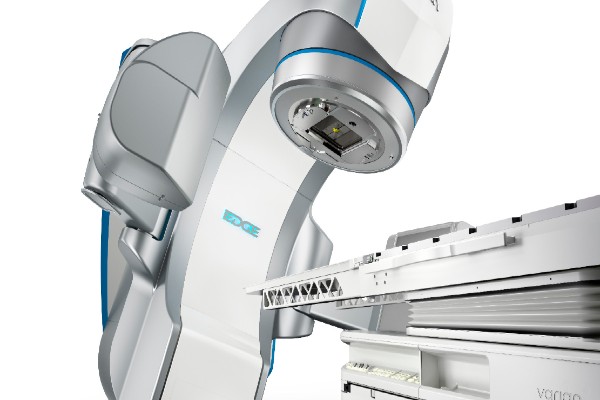If you have back pain, you know it can be difficult to find relief. However, with more knowledge about back and spinal care, you can take control of the problem.
Here, we share some important back and spinal care terms. Understand them, and you’ll be able to play a more active role in your treatment and feel better sooner.
First, the difference between acute and chronic back pain
While there are many causes of back pain, all types of back pain are generally classified as either acute pain or chronic pain.
“Acute back pain is a sudden, new pain that usually improves in a few weeks or days with the right treatment,” explains Jackson Salvant, M.D., a spine specialist and neurosurgeon with Riverside.
Injuries to the back muscles or spine can cause acute back pain. Other conditions associated with acute back pain include bone spurs on the spine, spinal stenosis, a herniated disc and spondylolisthesis (slipped vertebra).
Continuous back pain that bothers you for longer than six months may be classified as chronic pain. In some cases, chronic back pain may develop if treatment for acute back pain does not resolve the issue.
Other terms to know for optimal back and spinal health
Acute mechanical back pain: This is another term that doctors use for acute low back pain. “Mechanical” means your pain is coming from your spine or the ligaments or muscles that support it.
Conservative treatment: This includes all the noninvasive treatment options for back pain. It does not mean old -fashioned or unadvanced. Types of conservative back pain treatments include nonsteroidal anti-inflammatory drugs (known as NSAIDs), stretching, physical therapy, steroid injections and acupuncture. In most cases, doctors try conservative treatment before surgery.
Good body mechanics: This is when you sit and move with good posture, or good spine positioning. Good body mechanics, including proper lifting techniques, can prevent back pain.
Radiating back pain: This is when back pain also results in pain in another part of your body, such as your groin, buttocks or the back of your leg. Radiating back pain may indicate a compressed nerve or other types of nerve problems.
Spine supporting structures: These are the ligaments and muscles that support your spine. Your low back, gluteal, oblique and abdominal muscles all play an important role in proper spine support and health. When these muscles are strong and flexible, they decrease your chance of a lumbar spine injury and acute back pain. For this reason, maintaining strong core muscles is important for a healthy back.
Wear and tear: Normal, expected damage to the body that comes from regular use and/or aging.
Should you see a spinal care specialist?
When tried-and-true back pain remedies like stretching, NSAIDs like ibuprofen and hot/cold therapy don’t help your back pain, it might mean you need to see a spinal care doctor.
“You could have a spine condition that needs specialized diagnostics and treatment,” says Dr. Salvant.


